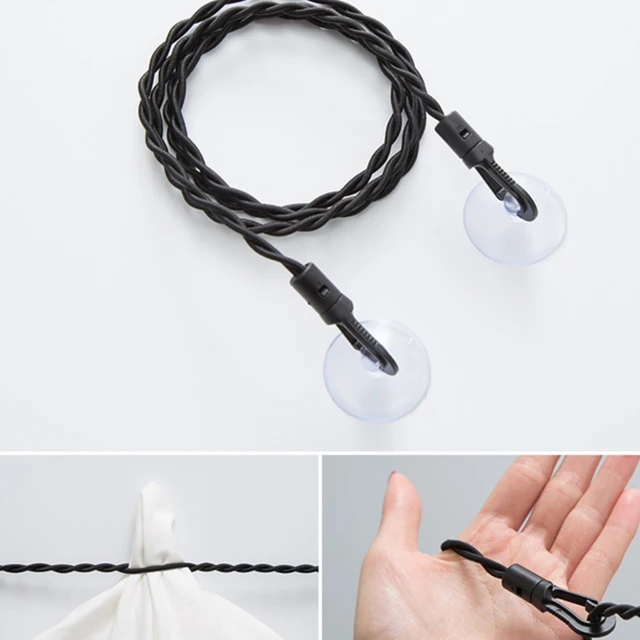A magnifying glass, also known as a magnifier or reading glass, is an optical lens that produces a magnified image of an object. Magnifiers are commonly used for reading, examining small objects, or performing detailed work.
History of Magnifying Glasses
The earliest known magnifying glasses were simple lenses made of rock crystal or glass. These lenses were used by the ancient Greeks and Romans to start fires and read. In the 13th century, eyeglasses were invented, and magnifiers became more widely used for reading and other tasks.
How Magnifying Glasses Work
Magnifying glasses work by bending light rays. When light rays pass through a convex lens, they are refracted, or bent, towards the center of the lens. This causes the rays to converge, or come together, at a point called the focal point. The focal point is located at a distance behind the lens that is equal to the lens’s focal length.
The object that is being viewed is placed between the lens and the focal point. The light rays from the object diverge, or spread out, as they exit the object. These diverging rays are then refracted by the lens, causing them to converge at the focal point.
The image of the object is formed at the focal point. This image is virtual, meaning that it cannot be projected onto a screen. However, the image appears to be magnified because it is larger than the original object.
Types of Magnifying Glasses
There are many different types of magnifying glasses available, each with its own unique characteristics.
-
Simple magnifying glasses are single lenses that are mounted in a frame. These magnifiers are typically small and portable, making them ideal for reading or examining small objects.
-
Compound magnifying glasses are made up of two or more lenses. These magnifiers provide more magnification than simple magnifying glasses and are often used for more detailed work, such as watch repair or jewelry making.
-
Head-mounted magnifying glasses are worn on the head, leaving the hands free. These magnifiers are often used for tasks that require both magnification and precision, such as surgery or dentistry.
-
Digital magnifying glasses use a digital camera to magnify an image and display it on a screen. These magnifiers offer a variety of features, such as zoom, freeze frame, and image capture.
Applications of Magnifying Glasses
Magnifying glasses are used in a wide variety of applications, including:
- Reading
- Examining small objects
- Performing detailed work
- Surgery and dentistry
- Jewelry making
- Watch repair
- Coin collecting
- Stamp collecting
- Gardening
- Rock collecting
Selecting a Magnifying Glass
When selecting a magnifying glass, it is important to consider the following factors:
-
Magnification The magnification of a magnifying glass is measured in diopters. The higher the diopter, the greater the magnification. For reading, a magnification of 2x to 4x is typically sufficient. For more detailed work, a magnification of 10x to 20x may be necessary.
-
Field of view The field of view of a magnifying glass is the area that can be seen through the lens. The larger the field of view, the more of the object can be seen at once.
-
Working distance The working distance of a magnifying glass is the distance between the lens and the object being viewed. The longer the working distance, the more room there is to maneuver the magnifying glass.
-
Portability The portability of a magnifying glass is important if you need to take it with you. Some magnifying glasses are small and lightweight, while others are larger and heavier.
Frequently Asked Questions
- What is the difference between a magnifying glass and a microscope?
A magnifying glass is a simple optical lens that produces a magnified image of an object. A microscope is a more complex optical instrument that uses multiple lenses to produce a highly magnified image of an object.
- What is the focal length of a magnifying glass?
The focal length of a magnifying glass is the distance between the lens and the focal point. The shorter the focal length, the greater the magnification.
- How do I use a magnifying glass?
To use a magnifying glass, hold the lens close to your eye and position the object to be viewed between the lens and the focal point. The image of the object will appear magnified and virtual.
Relations





















